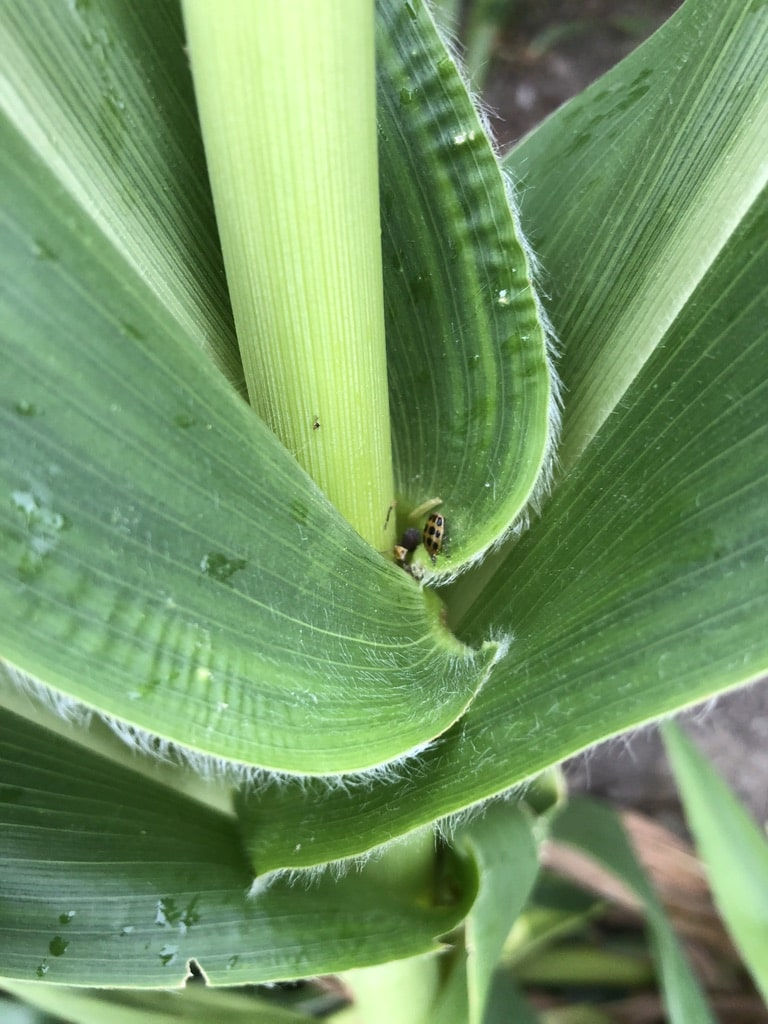Southern Rust is almost here in corn, spraying maybe vital for yield protection.
- Wendell Koehn
- Dec 27, 2022
- 3 min read
Updated: May 22, 2024
This short report is on crops and watch outs in the near and very near future.
Corn:
Southern Rust was reported about a day ago in Labette County, KS east of Coffeyville. This means this disease is approaching and will be here to Bates and Vernon Counties, MO very soon. If you have been holding off on spraying to see if it will be needed, you may want this done soon. Southern Rust is one the biggest enemies in corn. This disease can knock of 20+ bushels of yield even if infected late in the season. Consider using a multi stack fungicide that will last you through later in the season. Some products to consider are Trivapro or Delaro. There are other great products as well, these are just a couple to get started.
Gray Leaf Spot (GLS) is a soil born disease and the risk for infection are every year. This is a fungus that is varies widely based upon soils, conditions, and hybrids. Some hybrids resist the disease, others yield through it, and still others simply crumble under it. Know your products and act accordingly. This year has been very conducive so far for this problem.
Northern Corn Leaf Blight or NCLB typically it does not affect us, but there are some disease present this year. Contrary to its name it blows in from the south, so you may find it in the upper canopy first. I think it will not be active from now on with the heat we have, but it is worth noting its presence this year.
Holcus Spot is bad this year but is generally not an issue related to yield problems.
Foliar feeding: might be worth looking up some research here with Beck's PFR for a product to try on your farm. With all the rain we have had and potential for the plant to be low on certain nutrients this might be a good thing. You can click the following link: 2018 PFR Fungicide Additive Study

Insects: Insecticide may not be necessary for corn that has pollinated and is brown silk or beyond, with the exception of trying to control root worm beetles. For continuous corn growers or fields with a history of problems continue with the chemical for these pests.
Soybeans:
Insects, disease, and nutrition: Jap beetles are feeding pretty good in some areas that I have seen. For April planted beans be watching for R3, it is rapidly approaching. R2 full bloom to R3 beginning pod can happen in about 10 days. R3 to R4 full pod is as fast or faster. For soybeans the R3 timeframe is the best ROI according to Beck's research. But, scouting fields and applying product if needed will be better than blindly following a plant growth stage alone. Generally, the longer you can wait to hold your fire on disease and insects the better chance of getting killing insects and holding off disease for the last days of soybean pod fill. Scouting is critical here in the R2-R4 timeframes. We have found on our farm applying VersaMax AC a foliar feed to be a benefit for soybeans as well. Bear in mind for soybeans that are quite young, they are in the stages of Bradyrhizobia japonicum penetrating the roots to establish N fixation. This can make the them look a little ugly for a bit.

Hopefully, soybean planting will be wrapping up in the next week for everyone and we can put #plant19 into the history books. What a year, eh? Call/text me with any questions or pictures of your crop, I can talk via phone or walk a field with you. I believe things will move and change very rapidly on our crops over the next few weeks. Good Luck!










Comments